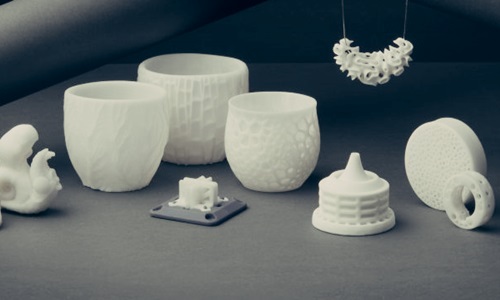
Reports indicate that the European Space Agency (ESA) has collaborated with Lithoz, an Austria based firm specializing in 3D printed ceramics, to print ceramic parts that are made from lunar regolith simulant. Apparently, the ESA has released details about a series of objects that have been 3D printed, including screws, small gears and other components. According to the agency, these parts showcased how 3D printing could be used on the surface of the moon, utilizing local materials to print detailed parts for supporting a lunar base camp. Lithoz has seemingly redesigned its process for working with raw regolith simulant for ESA, even though Lithoz usually works with ceramic materials like silicon nitride, zirconium oxide and aluminum oxide. Sources familiar with the matter say that the recent 3D printed parts are said to have the best print resolution compared to any of the parts made with a simulated lunar regolith, essentially a dust-type material made to mimic the soil on the moon. The regolith simulant is made from various types of oxides, which include silicon oxide (the predominant material) along with iron oxides, calcium and aluminum. ESA materials engineer Advenit Makaya was quoted saying that the printed parts have the best print resolution to have been achieved till date with objects made of regolith simulant. This demonstrates top level of precision in printing and expanding the range of use cases for items like these. If there is a need for printing tools or machinery parts for replacing the broken parts on a lunar base, the most important aspect is precision in the shape and dimensions of the printed items, Makaya added. Johannes Homa, Chief Executive of Lithoz, mentioned that the company was able to achieve good results very quickly due to its expertise in the additive manufacturing of ceramics. The company believes that there is very high potential in ceramic additive production for use on the Moon.




